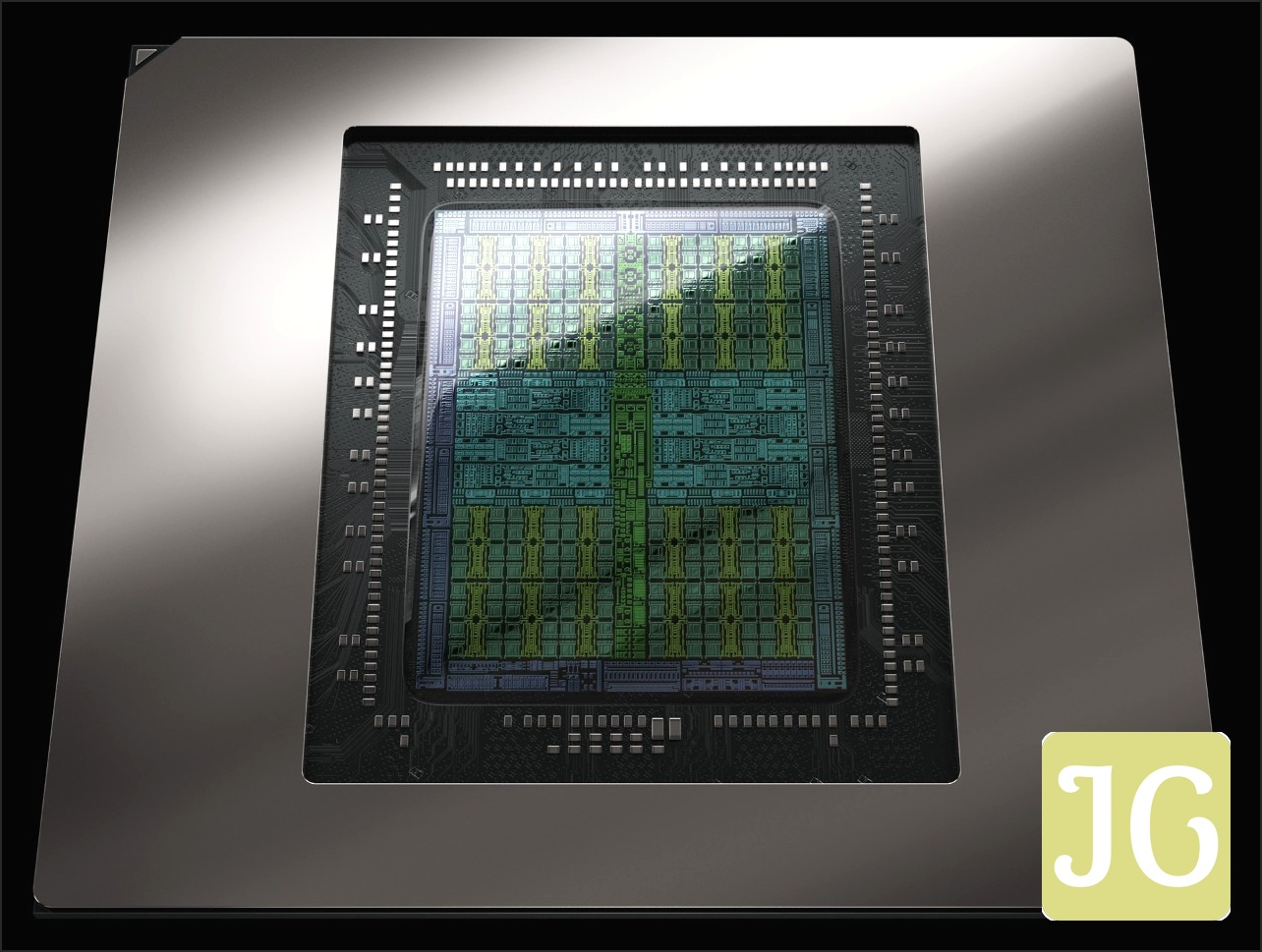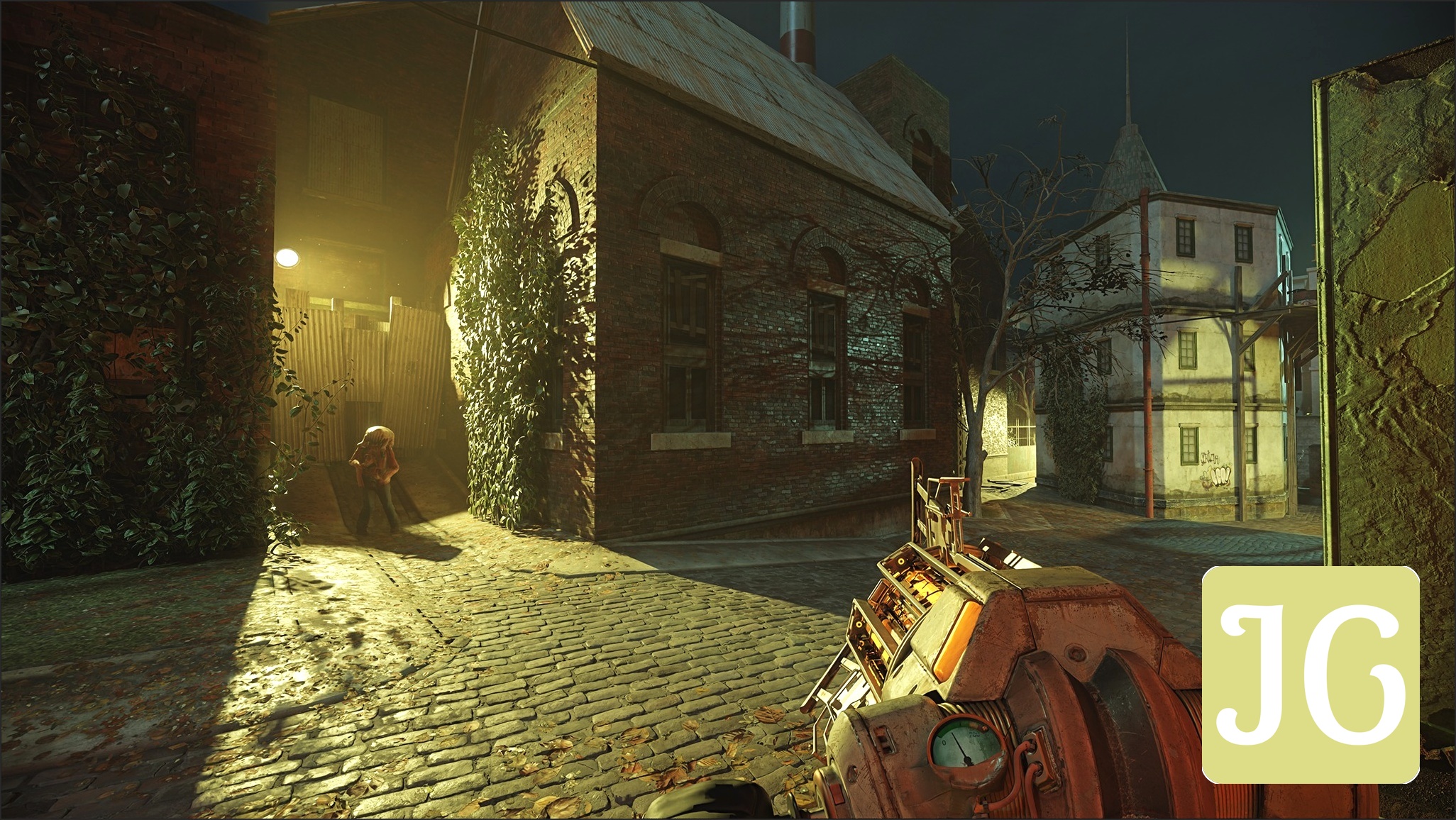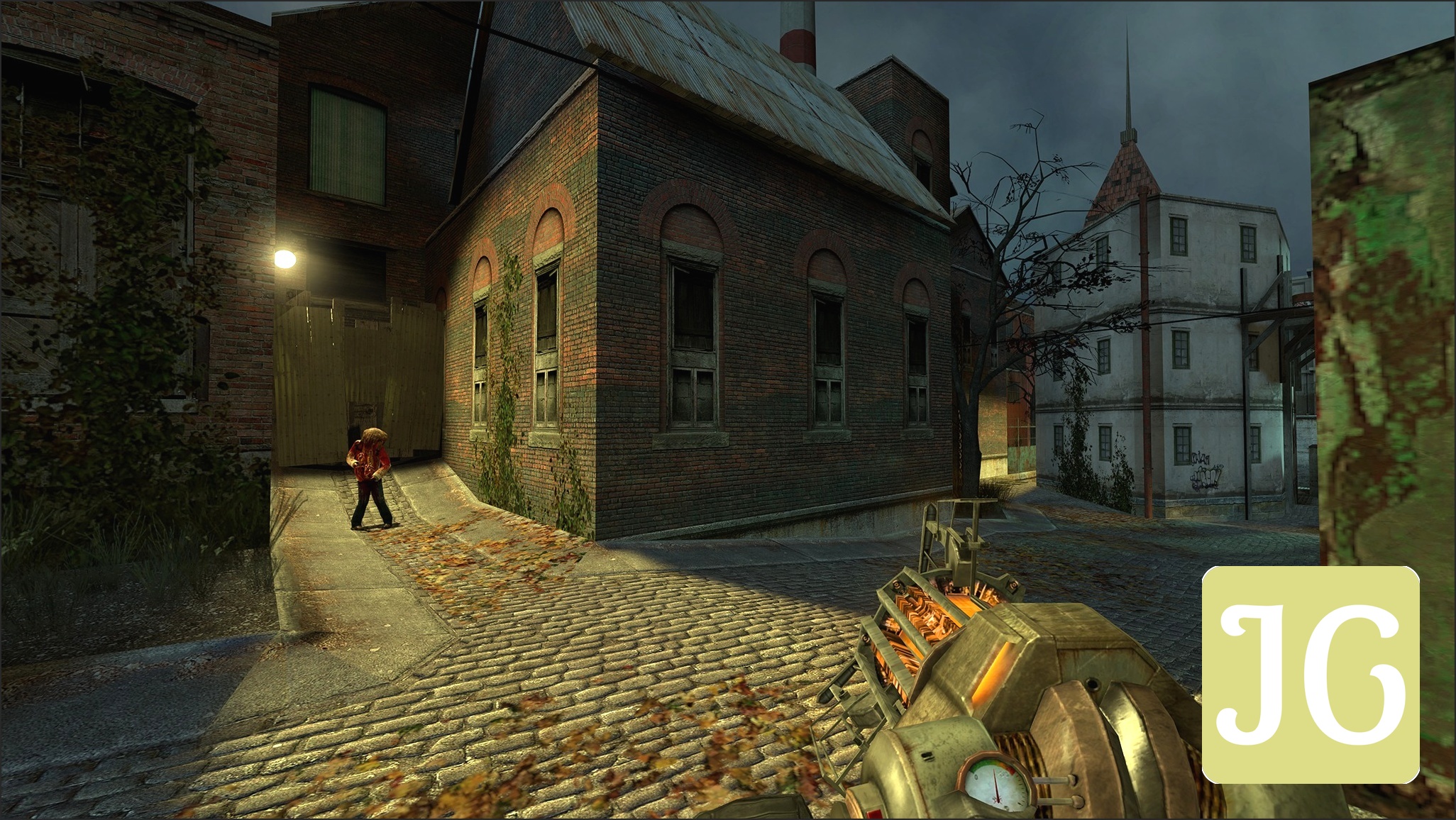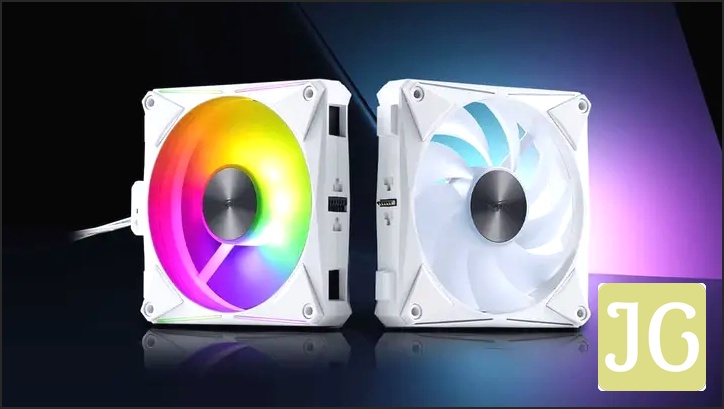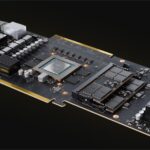The NVIDIA GeForce RTX 5070 Ti has arrived, heralded by a significant buzz within the gaming community. On one hand, it represents a remarkable leap in graphics technology, powered by the innovative Blackwell architecture and promising unprecedented realism. On the other, it faces intense scrutiny from gamers and creators alike, who are grappling with its perceived value in a market already saturated with high-priced components and compelling alternatives. This isn’t just about raw performance; it’s about whether cutting-edge innovation can justify a price tag that many find hard to swallow.
Unpacking Blackwell: The Brains Behind the 5070 Ti
At the heart of the GeForce RTX 5070 Ti’s formidable capabilities lies NVIDIA’s groundbreaking Blackwell architecture, a design philosophy Jensen Huang himself has called the most significant graphics innovation since programmable shading. This isn’t merely an incremental update; it’s a fundamental re-engineering aimed at the generative AI era.
Blackwell Core Innovations
- Blackwell’s pivotal role for maximum AI performance is undeniable, leveraging new FP4 precision and the revolutionary DLSS 4. It’s specifically optimized for neural shaders and built to handle ‘Mega Geometry,’ enabling a level of game-changing realism previously unattainable, especially with full ray tracing. This architectural shift signals NVIDIA’s deep commitment to fusing AI with traditional graphics pipelines.
- Underpinning this are advancements in the core processing units: fourth-generation RT Cores are meticulously engineered for comprehensive full ray tracing, delivering cinematic quality visuals at unprecedented speeds. Complementing these are fifth-generation Tensor Cores, which provide the raw AI acceleration necessary for the new era of neural rendering and AI-powered experiences.
DLSS 4 Deep Dive
- DLSS 4, the latest iteration of NVIDIA’s revolutionary AI-powered neural rendering suite, is a profound leap forward. Its cornerstone is Multi Frame Generation, including an exclusive 4X Mode for the 50 Series, which can quadruple frame rates. This technology doesn’t just boost FPS; it intelligently reduces latency and enhances image quality, fundamentally transforming the fluidity of gameplay.
- Further solidifying its impact, DLSS 4 introduces the graphics industry’s first real-time application of a Transformer-based AI model for both DLSS Ray Reconstruction and Super Resolution. This breakthrough, utilizing twice the parameters and four times the compute of previous models, results in enhanced stability, dramatically reduced ghosting, and higher detail, pushing visual fidelity closer to ground truth.
- For competitive gamers, the integration of NVIDIA Reflex 2 with its innovative Frame Warp feature dynamically adjusts rendered frames based on the latest mouse input, further reducing system latency by up to 75%. This translates to faster target acquisition, quicker reaction times, and improved aim precision, offering a tangible competitive edge.
Neural Rendering Impact
The synergy of RTX Neural Shaders, RTX Neural Faces, and RTX Mega Geometry, vividly showcased in the Zorah demo, promises a massive leap in realism. Powered by the RTX 50 Series GPUs, these innovations allow for film-quality materials and lighting, temporally stable and high-quality digital faces, and up to 100x more ray-traced triangles, collectively delivering unprecedented fidelity for game characters and environments.
Gaming Performance: 1440p, 4K, and Ray Tracing Dominance?
While the technological underpinnings of the RTX 5070 Ti are undeniably impressive, the true test for any gaming GPU lies in its real-world performance. The 5070 Ti promises excellent 1440p and 4K gaming capabilities, but how does it stack up against its closest rivals, both within NVIDIA’s own lineup and from the competition?
RTX 5070 Ti vs. RTX 4080 Super
The RTX 5070 Ti often performs neck-and-neck with the previous generation’s RTX 4080 Super. This is particularly evident in 4K gaming, where the 5070 Ti holds its own, even with demanding ray tracing effects enabled, demonstrating its strong capabilities at the highest resolutions.
RTX 5070 Ti vs. RTX 5080
Perhaps the most striking internal comparison is how the RTX 5070 Ti significantly marginalizes the RTX 5080. Despite the 5080 costing a substantial 33% more, it’s only about 10-15% faster than the 5070 Ti. Crucially, both cards share the same 16GB of fast GDDR7 VRAM, making the 5070 Ti’s value proposition against its higher-tier sibling particularly compelling.
RTX 5070 Ti vs. AMD RX 9070 XT
Against AMD’s offerings, the community’s preference for the RX 9070 XT is clear. Many cite its superior price-to-performance ratio, with the 9070 XT performing ‘almost exactly the same’ as the RTX 5070 Ti for ‘$250 cheaper.’ This makes AMD a very strong contender for value-conscious gamers.
In summary, the RTX 5070 Ti delivers robust 4K gaming performance, often matching or exceeding the previous generation’s high-end cards. Its performance relative to the RTX 5080 is a strong point, but its overall value proposition is challenged by AMD’s aggressive pricing, forcing buyers to weigh raw power against cost efficiency.
Video: Battlefield 6 Performance Comparison
Watch a detailed performance comparison of the RTX 5070 Ti against the RX 9070 XT across different resolutions in Battlefield 6.
Beyond Gaming: The Creator’s Edge with RTX
Beyond its gaming prowess, the GeForce RTX 5070 Ti extends its capabilities significantly into creative, productivity, and development workflows. Equipped with a substantial 16GB of fast GDDR7 memory, delivering 896 GB/sec of total memory bandwidth—a 78% increase over the RTX 4070 Ti—this GPU is a boon for demanding applications. For video professionals, it features dual ninth-generation encoders and a sixth-generation decoder, supporting pro-grade 4:2:2 color and dramatically accelerating editing workflows and export times by up to 8x compared to older single-encoder GPUs. Crucially, the RTX 5070 Ti is optimized for generative AI content creation, leveraging its fifth-generation Tensor Cores and new FP4 precision support. This innovation doubles performance for generative AI models like Black Forest Lab’s FLUX.1 [dev] image generation, enabling them to run locally with significantly smaller VRAM footprints. The NVIDIA Studio platform further amplifies these benefits, providing world-class drivers and a suite of exclusive tools that harness RTX acceleration across top creative apps, from 3D rendering in Chaos Vantage and D5 Render to graphic design, ensuring maximum stability and transformative performance for professionals.
The Fandom Verdict: Price, Value, and the ‘Super’ Shadow
While technical specifications and benchmark numbers tell one side of the story, the true success of a GPU often hinges on community sentiment and market perception. For the RTX 5070 Ti, the conversation among PC gamers and enthusiasts has been particularly heated, revealing a complex mix of emotions regarding its price, value, and positioning.
Frustration/Disappointment
A dominant sentiment is profound frustration and disappointment with the RTX 5070 Ti’s pricing. Many view it as egregiously expensive for what traditionally constitutes a ’70-class’ card, questioning its overall value proposition in the current market.
“70 class card for $700-$800 is a joke… 80 class card with 16gb vram for $1200 is not only a big joke, it’s a clown show.”
Pragmatism/Relief
Conversely, a pragmatic undercurrent suggests that, despite its high individual price, the 5070 Ti is seen as a more sensible purchase compared to the RTX 5080. Given their similar performance and the 5080’s significantly higher cost, many users feel a sense of relief opting for the 5070 Ti.
“5070ti’s to RTX 5080’s gap shrinks to a shrews testicle when you overclock it too. Like 2-3% behind a 5080. It’s absurd how much of a premium the 5080 commands despite really just being a tarted up 5070 ti.”
Uncertainty/Skepticism
A pervasive sense of uncertainty and skepticism also colors the community’s view. Many are hesitant to commit to a purchase due to fears of impending ‘Super’ refreshes, concerns about artificial scarcity, and the general volatility of GPU pricing, leading to fears of buyer’s remorse.
“People who buy this are going to suffer the largest buyer’s remorse when the 24GB 5070Ti Super releases.”
The overall narrative among PC gamers is one of deep frustration regarding the RTX 5070 Ti’s perceived poor value and high pricing. While some pragmatically see it as a better alternative to the even more expensive RTX 5080, many are openly favoring AMD’s competitive offerings or simply waiting for future releases amidst an uncertain market.
The JoltGamer Verdict: Is the RTX 5070 Ti Your Next Upgrade?
Pros ✓
- ✓ Cutting-edge Blackwell architecture, delivering a new era of AI-driven graphics.
- ✓ Revolutionary AI features, including DLSS 4 with Multi Frame Generation (up to 4x FPS boost) and Transformer-based Ray Reconstruction, for unparalleled visual fidelity and performance.
- ✓ Strong 4K gaming performance, especially with full ray tracing enabled, often matching or exceeding the RTX 4080 Super.
- ✓ Superior value proposition compared to the RTX 5080, offering nearly identical performance for significantly less cost, with both sharing 16GB GDDR7 VRAM.
- ✓ Exceptional benefits for content creators and professionals, thanks to 16GB GDDR7 memory, dual 9th-gen encoders, and FP4 precision support for generative AI, dramatically accelerating workflows.
Cons ✘
- ✘ Perceived high price point for a ’70-class’ card, leading to significant community frustration and questioning of its overall value.
- ✘ Strong competition from AMD’s RX 9070 XT, which offers comparable performance at a notably lower price, making it a more attractive option for value-conscious gamers.
- ✘ Community uncertainty and skepticism regarding potential ‘Super’ refreshes, creating buyer’s remorse fears.
- ✘ Lack of a Founder’s Edition, limiting direct purchase options from NVIDIA and potentially leading to higher aftermarket pricing variations.
The RTX 5070 Ti is a technologically impressive GPU, showcasing NVIDIA’s prowess in AI and ray tracing, and delivering robust 4K gaming performance. Its strongest internal argument is its superior value over the RTX 5080. However, its external value proposition is significantly challenged by its high price relative to its ’70-class’ designation and fierce competition from AMD. For early adopters and creators who can leverage its advanced AI and professional features, it’s a compelling, albeit expensive, upgrade. For the average gamer, the value equation is far more complex, suggesting a need to carefully weigh the cutting-edge features against the price tag and the viable alternatives on the market.
Who Should Buy the RTX 5070 Ti?
Competitive Gamer
The RTX 5070 Ti, with its NVIDIA Reflex 2 and Frame Warp technologies, offers significant latency reduction, making it an excellent choice for competitive players seeking every possible edge in responsiveness. However, for pure competitive advantage, the price point might lead some to consider more cost-effective options from AMD that offer similar raw FPS in competitive titles.
Content Creator/Professional
Absolutely. The RTX 5070 Ti is a strong contender for creators and professionals. Its 16GB GDDR7 memory, dual 9th-gen encoders, and crucial FP4 support for generative AI models (doubling AI image generation performance and enabling local model execution) provide transformative acceleration in applications like video editing, 3D rendering, and graphic design. This is where the card truly shines beyond gaming.
Value-Conscious Gamer
For the value-conscious gamer, the RTX 5070 Ti presents a dilemma. While it offers better value than the RTX 5080, its current pricing faces stiff competition from AMD’s RX 9070 XT, which delivers similar performance for significantly less money. This profile might be better served by waiting for potential price drops or considering the strong AMD alternatives if pure gaming performance per dollar is the primary concern.
Early Adopter/Enthusiast
For early adopters and enthusiasts eager for the latest innovations, the RTX 5070 Ti is a compelling, albeit expensive, proposition. Its bleeding-edge Blackwell architecture, revolutionary DLSS 4 advancements, and the promise of future AI-powered graphics make it a showcase of top-tier NVIDIA features. Despite market uncertainties, those who prioritize being at the forefront of technology will find its capabilities highly appealing.
Frequently Asked Questions (FAQ)
How does the RTX 5070 Ti compare to the RTX 5080?
The RTX 5070 Ti offers a surprisingly similar performance profile to the RTX 5080, despite the latter costing approximately 33% more. Benchmarks show the 5080 is only about 10-15% faster, and both cards come with the same 16GB of GDDR7 VRAM. This makes the 5070 Ti the more pragmatic and value-oriented choice between the two NVIDIA siblings.
What is DLSS 4 and how does it benefit gaming?
DLSS 4 is NVIDIA’s revolutionary AI-powered neural rendering suite, setting new standards for real-time graphics. It introduces Multi Frame Generation (including a 4X Mode for the 50 Series), which can quadruple frame rates, and uses a breakthrough Transformer-based AI model for Ray Reconstruction and Super Resolution to enhance image quality, reduce ghosting, and improve stability. Combined with Reflex 2 for latency reduction, DLSS 4 profoundly boosts gaming performance, visual fidelity, and responsiveness, transforming the overall experience.
Is the RTX 5070 Ti good for content creation?
Yes, the RTX 5070 Ti is exceptionally good for content creation. It boasts 16GB of fast GDDR7 memory, dual 9th-gen encoders, and FP4 precision support, which significantly accelerates generative AI models (doubling AI image generation performance and allowing them to run locally with smaller memory footprints). This translates to transformative performance in demanding applications like video editing, 3D rendering, and graphic design, making it a powerful tool for professionals.
Should I wait for an RTX 5070 Ti ‘Super’?
The community is indeed buzzing with speculation about potential ‘Super’ refreshes, creating a dilemma for buyers. While waiting might bring a slightly more powerful or VRAM-rich card, there’s no guarantee of release timing or pricing. Buying now means enjoying the current cutting-edge tech, but you risk potential buyer’s remorse if a ‘Super’ variant arrives soon after. It’s a gamble between immediate access to top-tier performance and the possibility of a better value proposition down the line.

